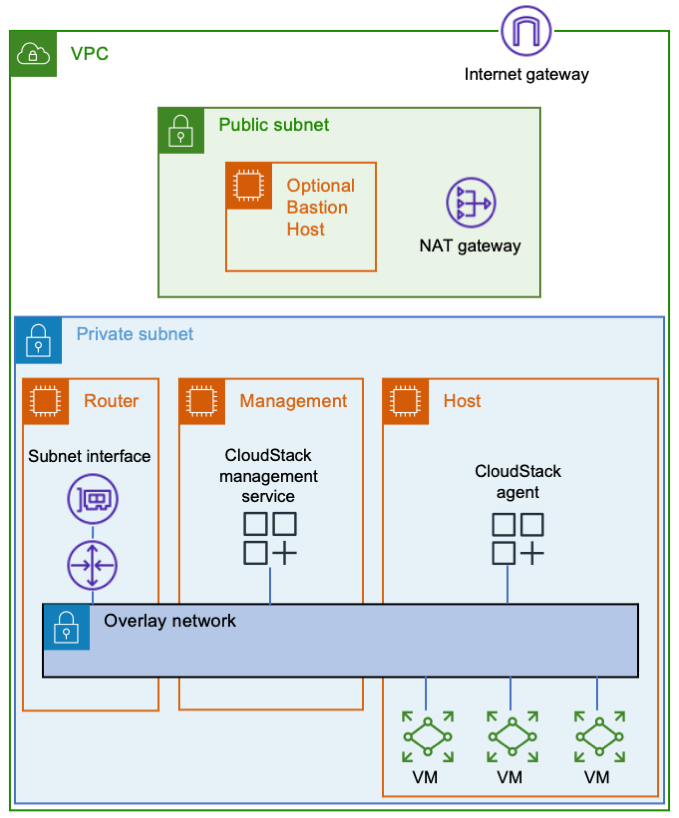AWS Compute Blog
Category: Customer Solutions
Enabling Microsoft Defender Credential Guard on Amazon EC2
This blog post is written by Jason Nicholls, Principal Solutions Architect AWS. In this post we show you how to enable Windows Defender Credential Guard (Credential Guard) on Amazon Elastic Compute Cloud (Amazon EC2) running Microsoft Windows Server. Credential Guard, when enabled on Amazon EC2 Windows Instances protects sensitive user login information from being extracted […]
Using Porting Advisor for Graviton
This blog post is written by Ryan Doty Solutions Architect, AWS and Vishal Manan Sr. SSA, EC2 Graviton , AWS. AWS customers recognize that Graviton-based EC2 instances deliver price-performance benefits but many are concerned about the effort to port existing applications. Porting code from one architecture to another can require investment in time and effort. AWS […]
Scaling an ASG using target tracking with a dynamic SQS target
This blog post is written by Wassim Benhallam, Sr Cloud Application Architect AWS WWCO ProServe, and Rajesh Kesaraju, Sr. Specialist Solution Architect, EC2 Flexible Compute. Scaling an Amazon EC2 Auto Scaling group based on Amazon Simple Queue Service (Amazon SQS) is a commonly used design pattern in decoupled applications. For example, an EC2 Auto Scaling […]
Automating your workload deployments in AWS Local Zones
This blog post is written by Enrico Liguori, SA – Solutions Builder , WWPS Solution Architecture. AWS Local Zones are a type of infrastructure deployment that places compute, storage,and other select AWS services close to large population and industry centers. We now have a total of 32 Local Zones; 15 outside of the US (Bangkok, […]
Adopt Recommendations and Monitor Predictive Scaling for Optimal Compute Capacity
This post is written by Ankur Sethi, Sr. Product Manager, EC2, and Kinnar Sen, Sr. Specialist Solution Architect, AWS Compute. Amazon EC2 Auto Scaling helps customers optimize their Amazon EC2 capacity by dynamically responding to varying demand. Based on customer feedback, we enhanced the scaling experience with the launch of predictive scaling policies. Predictive scaling […]
Building a Cloud in the Cloud: Running Apache CloudStack on Amazon EC2, Part 2
This blog is written by Mark Rogers, SDE II – Customer Engineering AWS. In part 1, I showed you how to run Apache CloudStack with KVM on a single Amazon Elastic Compute Cloud (Amazon EC2) instance. That simple setup is great for experimentation and light workloads. In this post, things will get a lot more […]
Building a Cloud in the Cloud: Running Apache CloudStack on Amazon EC2, Part 1
This blog is written by Mark Rogers, SDE II – Customer Engineering AWS. How do you put a cloud inside another cloud? Some features that make Amazon Elastic Compute Cloud (Amazon EC2) secure and wonderful also make running CloudStack difficult. The biggest obstacle is that AWS and CloudStack both want to manage network resources. Therefore, we must […]
Enabling load-balancing of non-HTTP(s) traffic on AWS Wavelength
This blog post is written by Jack Chen, Telco Solutions Architect, and Robert Belson, Developer Advocate. AWS Wavelength embeds AWS compute and storage services within 5G networks, providing mobile edge computing infrastructure for developing, deploying, and scaling ultra-low-latency applications. AWS recently introduced support for Application Load Balancer (ALB) in AWS Wavelength zones. Although ALB addresses […]
Scaling AWS Outposts rack deployments with ACE racks
This blog post is written by Eric Vasquez, Specialist Hybrid Edge Solutions Architect, and Paul Scherer, Senior Network Service Tech. Overview AWS Outposts brings managed, monitored AWS infrastructure, compute, and storage to your on-premises environment. It provides the same AWS APIs, and console experience you would get within the AWS Region to which the Outpost […]
AWS Local Zones and AWS Outposts, choosing the right technology for your edge workload
This blog post is written by Joe Sacco, Senior Technical Account Manager. The AWS Global Cloud Infrastructure includes 30 Launched Regions, 96 Availability Zones (AZs), 410+ Points of Presence with 400+ Edge Locations, and 13 Regional Edge Caches. With over 200 AWS services, most customer workloads can run in the AWS Regions. However, for some […]








